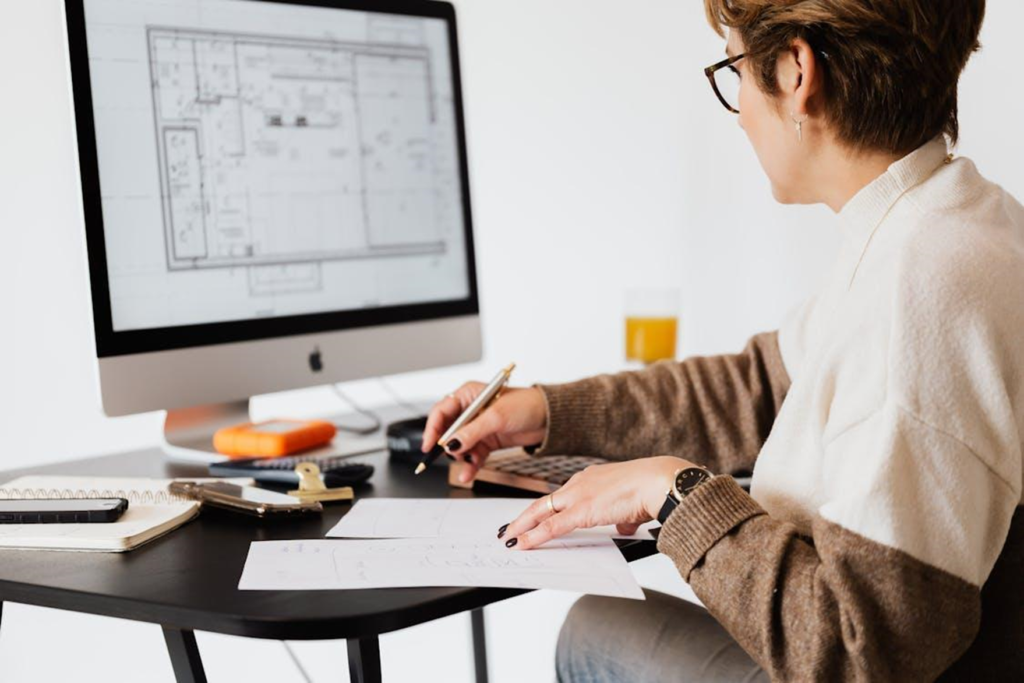Choosing a retaining wall for a landscaping project is a critical choice that may greatly affect both appearance and utility. Knowing the wall’s main goal— preventing soil erosion, building useable land, or improving aesthetic appeal—helps one decide which materials and design would be best. Every material has special advantages, from natural stone to lumber, that must be balanced against climate, upkeep, and personal taste. Furthermore, a thorough evaluation of long-term maintenance and cost will guarantee that the selected retaining wall satisfies pragmatic requirements and improves the outdoor area’s general attractiveness.
Consider the purpose and functionality
Before choosing a precast retaining wall, it’s important to know its main use on your property—avoiding soil erosion, establishing level areas for planting, or improving visual attractiveness. To ensure it meets your demands and accentuates the surroundings, evaluate the planned weight, height, local soil type, and drainage conditions.
Evaluate material options
The look and lifetime of your retaining wall depend on the chosen materials. Each option—natural stone, brick, concrete blocks, and timber—offers unique benefits and aesthetic appeal. When choosing, consider the local climate, maintenance needs, and the general design of your house. For instance, although stone gives a classic appearance and great strength, lumber may have a more rustic appeal but, over time, requires more maintenance. Juggling design with utility will guarantee that your wall improves your landscape and performs as intended.
Assess design and aesthetic preferences
The visual effect of a retaining wall may greatly influence the tone of your outdoor area. Think about your own style tastes and how the design accentuates existing buildings and landscape features. Many creative interpretations are possible, from elegant, sophisticated lines to more classic, rustic looks. Including curved lines, tiered levels, or integrated planting spaces can improve appearance and use. A well-designed wall should ultimately serve its functional purpose while harmonising with its surroundings. It would also be a great decision to opt for companies that are experts in landscape design milton, atlanta, brookhaven, or literally anywhere locally would be fine.
Factor in budget and maintenance requirements
The choice of a retaining wall depends heavily on budgetary factors, as materials, design intricacy, and construction techniques greatly affect expenses. One should consider not only the original outlay but also long-term maintenance needs, which might affect the whole investment. While certain materials provide better longevity and less maintenance requirements, others may need consistent care. You may make a better choice in line with your property objectives by juggling your budgetary restrictions with the expected lifetime and wall maintenance.
Choosing the appropriate retaining wall requires careful evaluation of its intended use, materials, design, and cost; these factors are very important for obtaining aesthetic appeal and utility. Clearly stating the intended use of the wall in your home and assessing many material choices will help you to guarantee it satisfies your wants and improves the surroundings. Furthermore, considering design preferences and long-term maintenance needs will enable you to develop a coherent outdoor area that fits your vision and budget. In the end, a well-planned retaining wall not only fulfils its useful purpose but also enhances the general attractiveness of your house.




